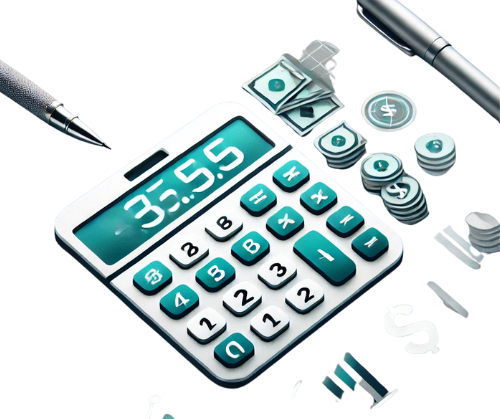Compound Interest Table
Are you finding yourself stuck in understanding the theoretical concepts of compounding and want to experience its calculation in tabular form? If yes, then you are lucky enough to spot this website because it contains a compound interest table for the understanding of all those students who want to clear their concepts in detail!
It is a compounding calculator based on different compounding frequencies so that there will be no confusing error left in your mind regarding compound interest calculations. So, get ready to scroll down and extract the desired information!
Compound interest table
The following table shows how the principal amount is increasing or growing with the effect of the interest rate earned on it along with the compounding frequency and specific time for the interest to be applied:
Example: let’s say you have invested $500 at the rate of 5% interest compounding annually over 10 years.
| Year | Initial Balance $ | Interest earned | Ending balance $ |
| 1 | $500 | 25 | $ 525 |
| 2 | 525 | 52.50 | 551.25 |
| 3 | 551.25 | 27.56 | 578.81 |
| 4 | 578.81 | 28.94 | 607.75 |
| 5 | 607.75 | 30.38 | 638.13 |
| 6 | 638.13 | 31.90 | 670.03 |
| 7 | 670.03 | 33.50 | 703.53 |
| 8 | 703.53 | 35.17 | 738.70 |
| 9 | 738.70 | 36.93 | 775.63 |
| 10 | $ 775.63 | 38.78 | $ 814.41 |
Explanation of calculations
- Each year, the interest is calculated at the rate of 5%. The calculation depends upon the starting balance that results in increment of ending balance with the effect of interest rate.
- Over 10 years, the principal amount of $500 grows into $814.41 with the significant effect of annual compounding with a 5% interest rate.
- The changes will vary if the compounding frequency trunks into quarterly or every month spending upon the terms and conditions set between the customer and compounding financial institutions.
Final verdict
In conclusion, this article is all about compound interest tables and their specifications of how the amount is calculated bearing different compounding frequencies and time allocated to them. Moreover, it also shows a clear picture of growth occurring in the money when it is invested for a particular time period. Furthermore, compounding brings higher growth in money when frequent contributions are made to the initial amount.
Frequently Asked Questions
- What does a compound interest table show?
It shows how the initial amount invested is increasing with the effect of compounding frequency, time, and interest rate.
- What are the terms in this table determined?
The major terms include starting balance, interest earned, and ending balance which determines the growth of money in compounding.
- What factors affect the growth of compound interest in this table?
The primary factors that affect the growth include principal amount, interest rate, compounding frequency, and time.
- How does compounding frequency affect this table?
More frequent compounding results in higher growth of invested money.
